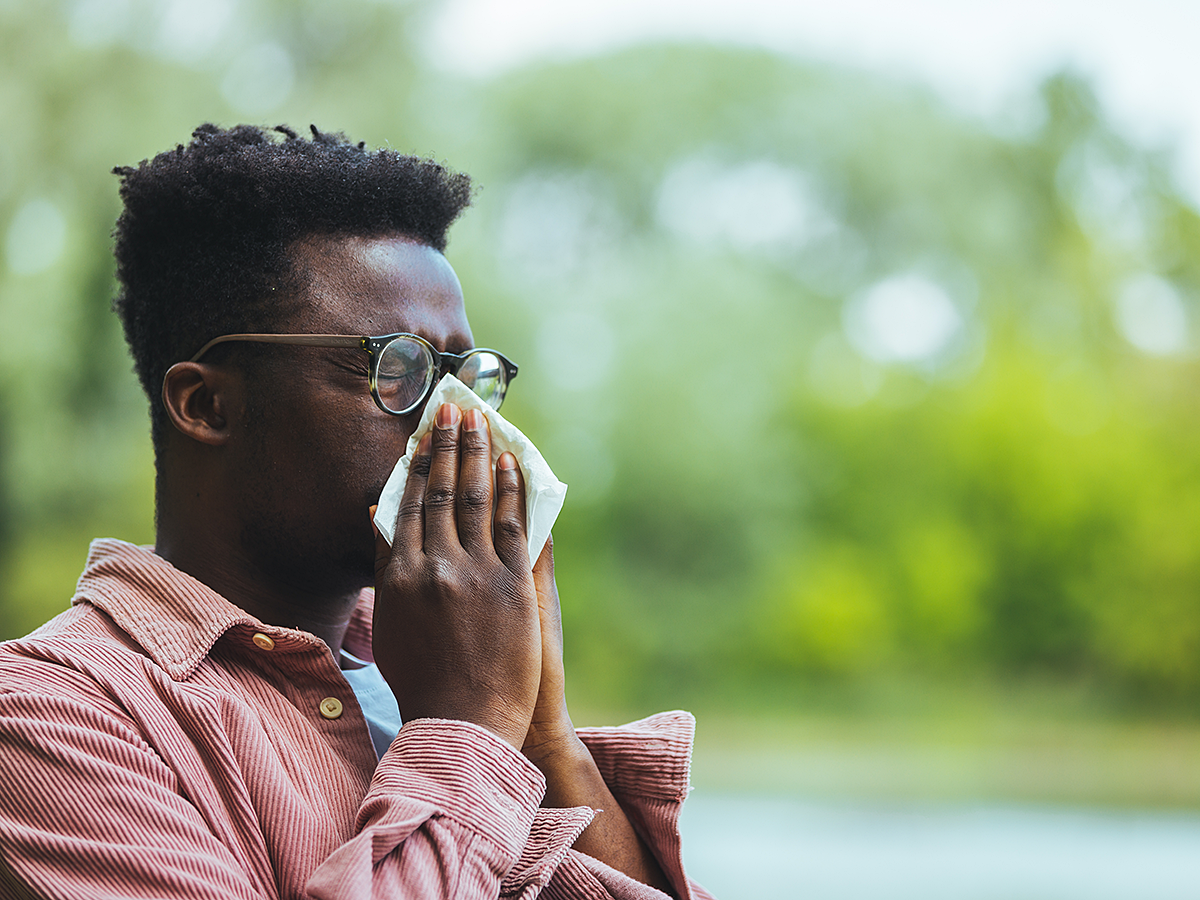What causes them, how to treat them and more
 Spring is known as allergy season, but that hides a deeper truth: Allergies can be a year-round inconvenience, with a lot of variability in how they affect different people. In fact, two people can have different reactions to the same allergen, or be affected by different allergens and react identically. Allergies and their symptoms can range from mild to severe – from runny noses to anaphylactic shock.
Spring is known as allergy season, but that hides a deeper truth: Allergies can be a year-round inconvenience, with a lot of variability in how they affect different people. In fact, two people can have different reactions to the same allergen, or be affected by different allergens and react identically. Allergies and their symptoms can range from mild to severe – from runny noses to anaphylactic shock.
Allergic reactions are the immune system’s way of responding to a foreign, usually harmless, substance. And one final indignity: While allergies often lessen as you age, it’s still possible to develop a new one at any time.
Seasonal Allergies
Seasonal allergies, also known as allergic rhinitis or hay fever, can occur seasonally or year-round. That said, they’re most common during transitional seasons like spring when pollen is most present. Symptoms usually include:
- Itchy, watery eyes
- Runny or stuffy nose
- Sneezing
- Congestion
Animal (Pet) Allergies
Pet allergies are often caused by proteins in an animal’s fur, urine, saliva and skin (called dander). Like seasonal allergies, animal proteins can cause the typical sneezing, congestion and itchiness, but can also result in the following:
- Difficulty breathing
- Wheezing
- Chest pain or tightness
Food Allergies
Peanuts and tree nuts are extremely common, and potentially serious, food allergies, but a person can be allergic to virtually any food or ingredient. Food allergies usually cause the following symptoms:
- Abdominal pain
- Gastrointestinal issues (diarrhea, vomiting, indigestion)
- Skin hives or rashes
- Itching or tingling in mouth or on lips
- Swollen airways, difficulty breathing
- Peanuts and tree nuts
- Shellfish
- Dairy
- Wheat (gluten)
- Soy
- Sesame
Dust Allergy
Dust mite allergies are relatively common and display similar symptoms to seasonal allergies — sneezing, coughing, itchy eyes and congestion are amongst the most common. Dust and dust mites collect in areas of a household like pillows, furniture, mattresses, carpets and on shelves, making it easy for allergens to trigger reactions at any time.
Mold Allergy
For those who are allergic to mold spores, it might be difficult to determine without an allergen test. Mold can go undiscovered for long periods of time, allowing fungal spores to float in the air and cause allergic reactions. Mold allergies can result in feeling sick for long periods of time.
If you suspect that there’s mold in your home, it’s important to act quickly and use a test to determine if spores are present.
When Allergies Are Dangerous
If left untreated or unmonitored, an allergic reaction can cause anaphylactic shock. Anaphylaxis can occur within seconds from exposure to an allergen and may be fatal if not treated immediately.
Symptoms of anaphylaxis may include:
- Difficulty breathing
- Nausea, vomiting
- Shock
- Unconsciousness
Here’s What You Can Do
If your allergy is mild to moderate, these treatments may be sufficient to keep symptoms in check:
- Over-the-counter medication (antihistamines or decongestants).
- Nasal rinse with saline solution.
- Ask your physician about immunotherapy to lessen allergic reactions.
- Avoid the allergen and let friends and family know.
- Ask your physician about an epinephrine auto-injector for severe reactions and discuss a plan to keep them at bay.
- Seek medical care if you’ve been exposed to the allergen.
